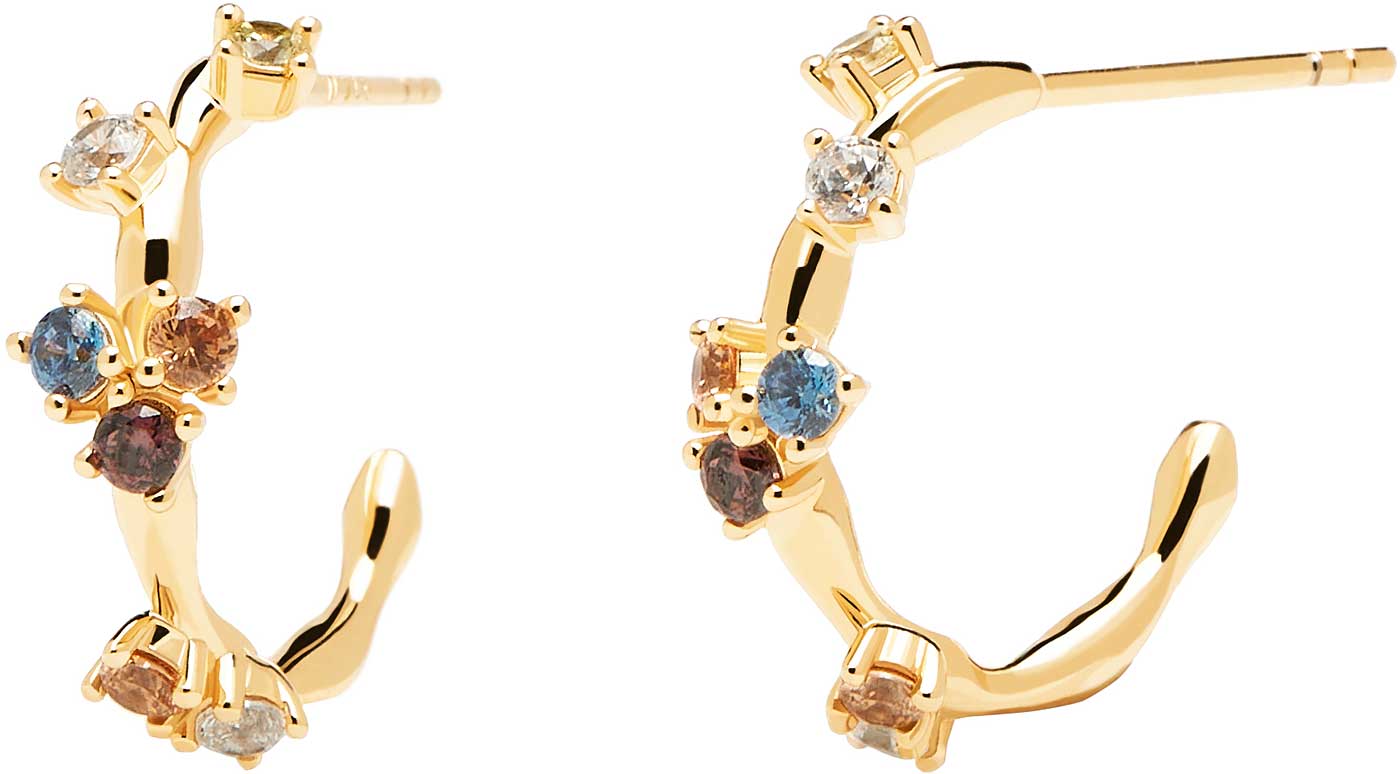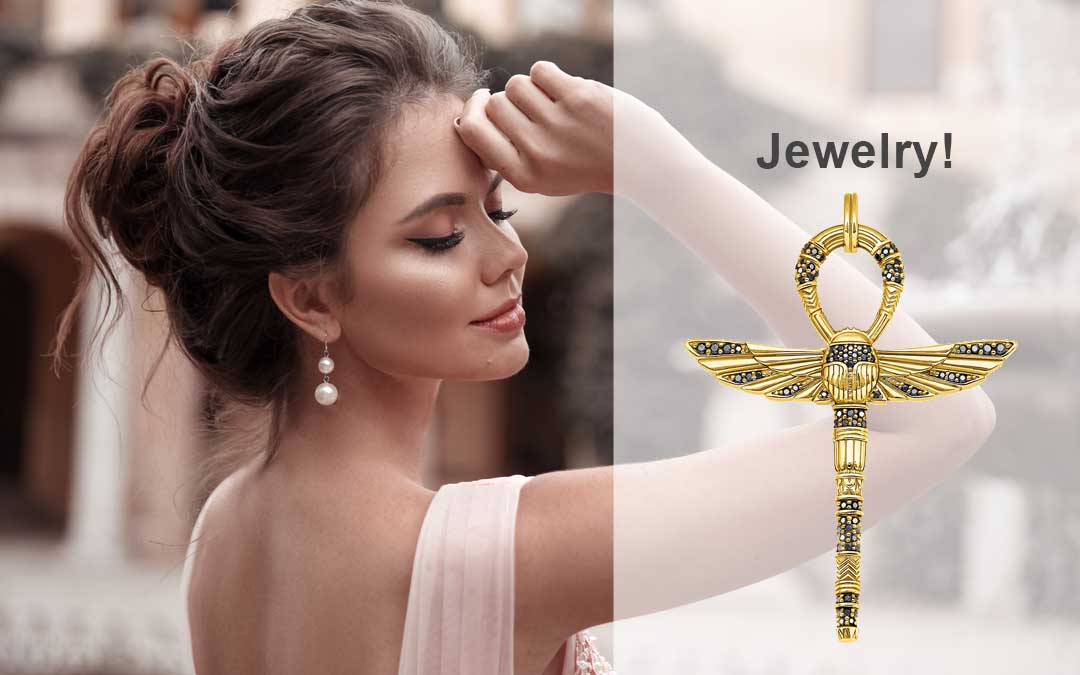Jewelry has accompanied humanity for millennia and has gained significant importance throughout history. From simple stone pendants to intricately adorned gemstones, jewelry has evolved over time, shaping various cultures and epochs.
History of Jewelry
Origins of Jewelry: The history of jewelry dates back to the early days of humanity. Archaeological finds reveal that our ancestors, more than 100,000 years ago, crafted and wore jewelry made from shells and animal teeth. These simple materials held symbolic meanings and often served as talismans or status symbols.
Ancient Civilizations: In ancient civilizations such as Egypt, Mesopotamia, Greece, and Rome, jewelry played a central role in daily life. Gold, gemstones, and pearls were crafted into elaborate jewelry pieces that held both religious and aesthetic significance. Jewelry was often associated with gods and goddesses and symbolized wealth and power.
Medieval and Renaissance Eras: During the medieval period, jewelry was mainly owned by the church and nobility. Jewels and precious metals were incorporated into religious relics and crown jewels. The Renaissance saw a resurgence in jewelry. Intricate designs and personal adornments became increasingly popular. The emergence of new craftsmanship techniques allowed for the production of complex jewelry pieces for a broader population.
Victorian Era: The 19th-century Victorian era introduced a variety of jewelry styles, including romantic, sentimental, and opulent designs. Jewelry often expressed love and connection, adorned with symbols like hearts, flowers, and angels.
Modern Developments: In the 20th century, jewelry underwent a revolution. New materials like plastic and stainless steel were integrated into jewelry designs, and the Art Deco movement introduced geometric shapes and clean lines. In the 1960s and 1970s, jewelry became a means of self-expression and individuality, with contemporary designers introducing experimental materials and unconventional forms.
Contemporary Significance: Today, jewelry holds diverse meanings. In addition to its aesthetic function, jewelry often serves as a personal expression of style and personality. High-quality jewelry pieces also serve as investments and assets. Sustainability and ethical production have also become important aspects of the jewelry industry.
Conclusion: The history of jewelry is a captivating journey through time and cultures. From humble beginnings to intricate designs and meaningful symbols, jewelry has accompanied humanity and will continue to do so in the future. Jewelry remains a timeless and coveted accessory that not only enhances the wearer’s beauty but also reflects their history and personality.
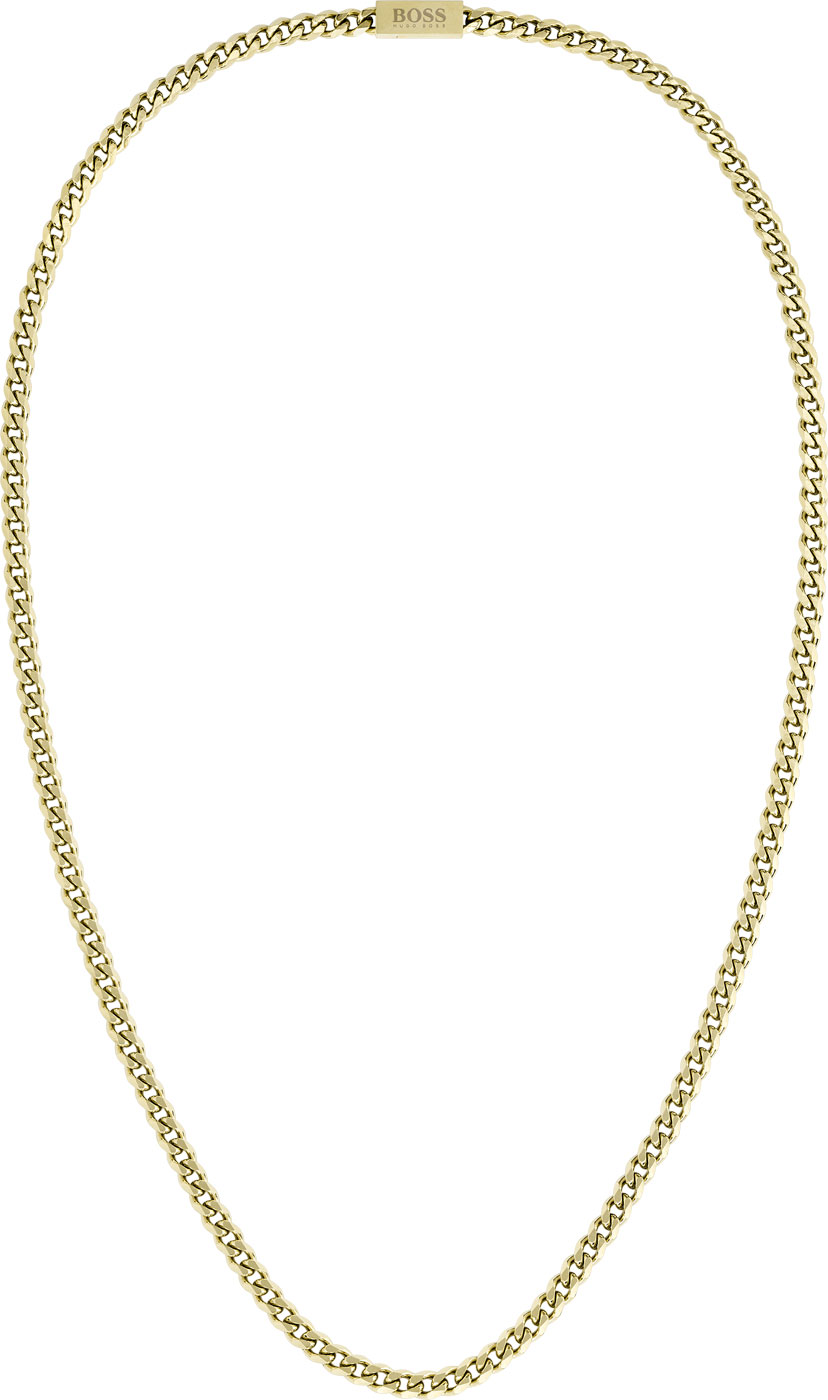
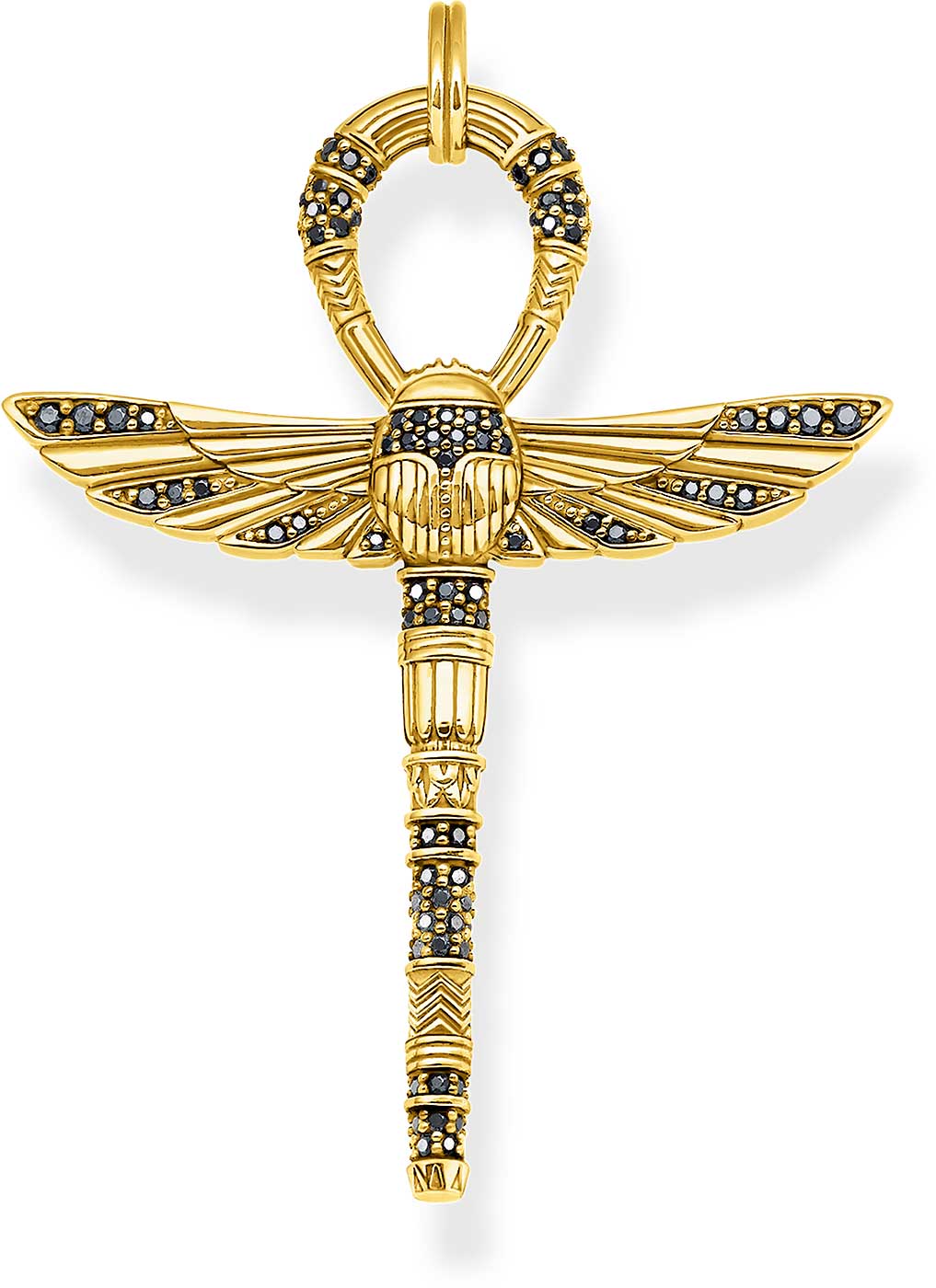
Differences Between Men’s and Women’s Jewelry:
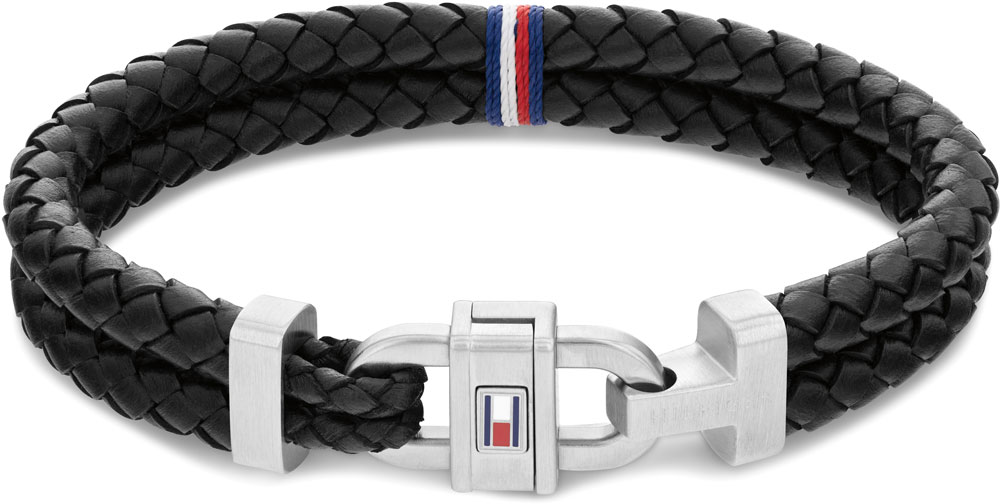
Differences Between Men’s and Women’s Jewelry:
Jewelry is a timeless accessory that can accentuate a person’s personality and style. While gender roles and fashion trends have evolved over time, there are still some differences between men’s and women’s jewelry based on traditional conventions and aesthetic preferences.
Design and Style: The most obvious difference lies in the design and style of men’s and women’s jewelry. Men’s jewelry tends to be simpler and less playful. Clear lines and masculine elements take center stage, often reflected in broad bracelets, simple rings, or minimalist necklaces. In contrast, women’s jewelry often features finer details, creative embellishments, and a greater variety of shapes and colors.
Materials: The materials used in jewelry pieces also vary between genders. Men’s jewelry often utilizes sturdy materials such as stainless steel, leather, or wood. Gold and silver are also frequently used in classic men’s jewelry. Women, on the other hand, have a wider range of options, from precious metals like gold and silver to gemstones, pearls, and plastics. Material combinations such as gold and diamonds or silver and corals are popular in women’s jewelry.
Size: The size of jewelry pieces is another distinction. Men’s jewelry is generally larger and more substantial, while women’s jewelry can be more delicate and intricate.
Occasion: Lastly, there are differences in terms of the occasion for wearing the jewelry. Men’s jewelry is often suitable for everyday use and formal occasions. It is frequently worn as a discreet accessory that adds a touch of elegance. Women, on the other hand, often have a wider selection of jewelry pieces designed specifically for special occasions like weddings, parties, or evening events.
Conclusion: The differences between men’s and women’s jewelry reflect traditional gender roles and aesthetic preferences, but they can also be influenced by individual preferences and personal style. In today’s world, these differences are becoming more fluid as gender boundaries in fashion blur. Ultimately, jewelry should be seen as a means to emphasize the wearer’s individuality and personality, regardless of gender-specific norms and conventions.
